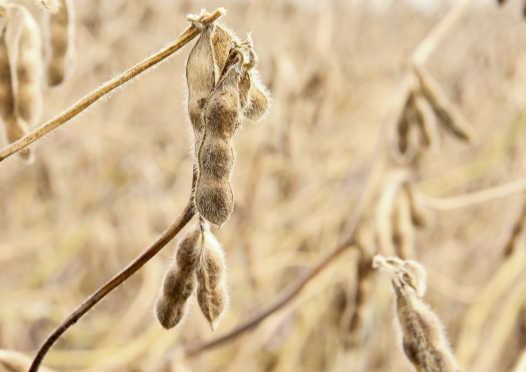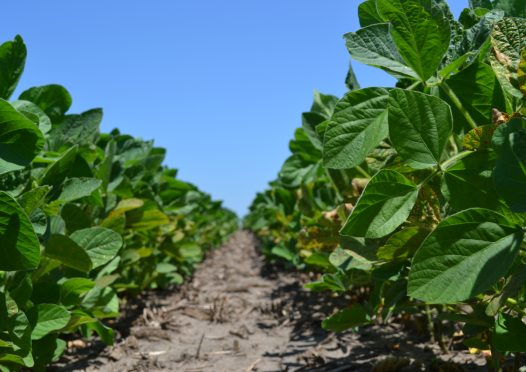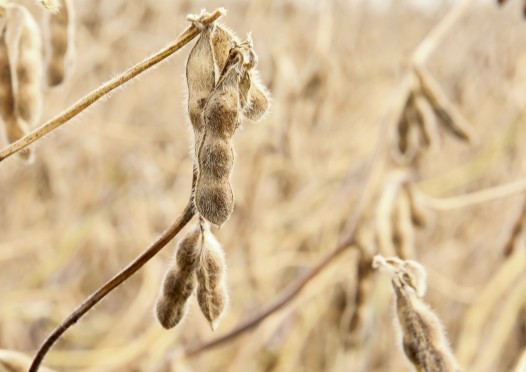ILSOYADVISOR POST
Agronomy: Early Harvest? Not so Fast.
The current wheat crop in southern Illinois is all over the place in terms of plant health, growth stage and maturity. Despite this variability, in many areas the wheat crop appears to have “turned” quite quickly. There are many reasons for this that may not be favorable for yield or quality of the crop itself. However, the “brown” appearance has everyone talking early harvest.
Earlier this spring we faced heavy pressure from stripe rust. In many cases farmers were having to spray wheat before full head emergence or flower. In many of those cases either the wrong fungicide was chosen or the wrong rate for control was used and the rust blew unscathed right through the first application. In other cases, farmers chose to wait until head emergence or flowering to spray, hoping to both catch the rust and help prevent head scab. In these cases, much of the flag leaf was allowed to be infected by rust. And the different levels of infection and timing of spraying have allowed for some head scab to show up in many fields as well.
In addition, we have had very high rainfall across most of the southern Illinois region. This rainfall is also affecting plant health on a large scale. The field pictured has had 9 inches of rain from April 1st until June 7th. Many fields have had higher totals during that timeframe. This has had a detrimental effect on plant health and maturity as well.
The picture below is a false NDVI image taken with a small drone on June 5th. This map really tells a story. From the road this field looks to be near ready to harvest, but upon closer look we see that the field is at many different levels of maturity and health. Red areas show either loss of plants from water damage or from wheel tracks from the sprayer when the field was muddy. The yellows show areas where water has either hurt the stand or has had an effect on plant health. Finally, the green areas are where we still have green plant tissue and plants remain healthy.

On the west side of the field you can see a block that was late planted to “fill in” a blank spot after initial planting. Note that the plant health there is not as good, due to the mistiming of the fungicide application. The east side of the field shows better plant health due to rolling ground and the water not sitting in the field.
Will this field yield well? In my estimation it will yield above average. However, this field is in danger. Why? Because it will not ripen evenly. Early harvest on this field would be beneficial, especially if the farmer has the capability to dry wheat or he has a miller or elevator that will take wet wheat and dry it.
There are a lot of wheat fields that look good from the road, but have issues like this one “from the air.” Get it early if you can. Dry it if you can. Find a miller or elevator who will take it wet if you can. Do everything you can do to save quality this year.
Kelly is serving as the Illinois Soybean Association Double-Crop Specialist. He was raised on the family farm in Benton, Illinois and graduated from Southern Illinois University (SIU)-Carbondale with a BS in Agriculture Education and Mechanization, and a Master’s of Science (MS) in Plant and Soil Science. Kelly has spent 25 years as a soil fertility agronomist and precision agriculture consultant in southern Illinois while also spending 4 years as a Farm/Agronomy Manager and GIS Coordinator for a large farm in southeastern Illinois. He is a Certified Professional Agronomist and a Certified Crop Advisor.





Comments
Add new comment